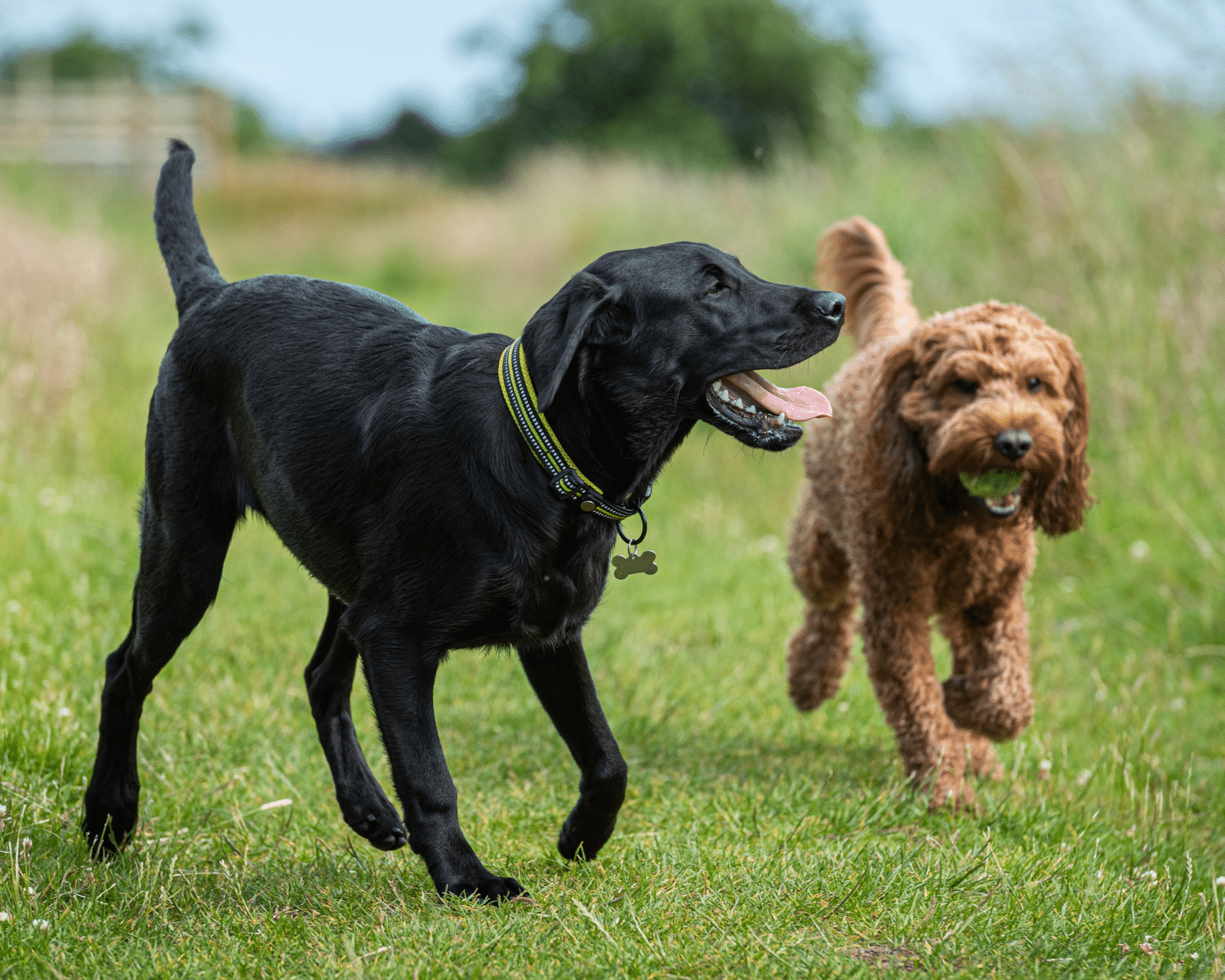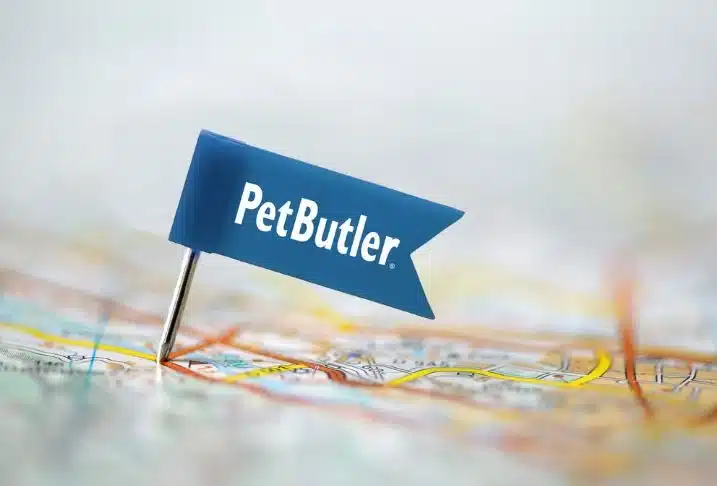It’s easy to envision our furry friends living a life of leisure. With many toys, treats, cozy beds, and even stylish pet clothes available for owners to spoil them with. Some dogs are lucky enough to receive hand-cooked meals, lounge on the couch, and have immaculately groomed fur.
Compared to their ancestors, modern-day dogs enjoy a far more comfortable existence. They benefit from access to professional medical care, nutritious meals, and comfortable shelter. But while meeting their basic survival needs is essential, other factors contribute to a dog’s overall quality of life.
Enhance Your Pup’s Life with Enrichment
Canine enrichment refers to the activities and objects that provide dogs with mental and physical stimulation, allowing them to satisfy their instincts and tendencies. In the wild, dogs fulfilled these needs within hierarchical packs, engaging in activities such as sniffing, exploring, chasing, hunting, digging, and problem-solving to meet their daily survival requirements.
Today, owners are responsible for providing enrichment for our dogs to counteract the sedentary and uneventful lives many domestic dogs lead. Luckily, many resources are available to guide owners on this journey, including a Facebook group called Canine Enrichment.
Fun and Engaging Social Activities
Let’s explore ways to provide social enrichment for our furry friends. Nurturing your dog’s desire to interact with humans and other dogs is crucial to social enrichment. While not all dogs may enjoy the company of other canines, they require social bonding as it is vital to their survival.
Dog Parks
For those dogs that enjoy the company of other pets, dog parks offer an excellent opportunity to make new friends. Beyond socializing (think playing, chasing, and tug of war), fenced-in dog parks also provide avenues for fulfilling other enrichment needs. Dogs can explore new scents, leap over obstacles, and run around without a leash, satisfying their physical, sensory, and mental stimulation requirements through novel experiences in new places.
Dog Walking
If you lack a nearby dog park, a dog walker can offer your pet some much-needed canine companionship on a group walk. Pairing up well-adjusted pups or having them walk in small groups provides social and physical engagement. For shy or aloof dogs, parallel walking can be a safe way to introduce them to new friends. To do this, have your friend walk their leashed pet alongside yours, keeping a safe distance of around 20 feet. The aim is to have a relaxed, companionable stroll where neither dog is reactive. As your pets become more comfortable with each other, gradually progress to closer walks, keeping an eye out for signs of stress such as yawning or lip licking. These social strolls provide pets with a pack-like environment and offer physical, emotional, and mental health benefits for their humans!
Doggie Daycare
Doggie daycares are crucial in satisfying your dog’s social needs. The best daycares take steps to verify that animals are healthy, have received the necessary preventive care, such as vaccinations and parasite treatment, and can thrive in a communal environment. Because not all dogs are automatically compatible, monitoring their playtime and creating playgroups that match their size and temperament is important.
Tips for Human-Loving Pups
Suppose you have a dog that feels more comfortable around humans (like my pup, Luna, who prefers the company of people over other dogs). In that case, finding them different ways to engage in social enrichment is crucial. Spending quality one-on-one time with activities like grooming or giving belly rubs, attending obedience classes together, or going to places like outdoor markets where they can interact with people can help fulfill their social needs. Remember that some breeds are more independent than others, with retrievers, terriers, beagles, boxers, and poodles all being friendly breeds that thrive on attention. Meanwhile, breeds like hounds, malamutes, chows, and Akitas may require less physical affection. They can be content with more alone time.
Understanding Canine Boredom and Isolation
Social deprivation and boredom can have harmful effects on both humans and animals alike. When dogs don’t meet their enrichment needs, they can exhibit a range of destructive, unsafe, and concerning behaviors. Dogs left alone may vocalize or cry out for the return of their pack. If they feel isolated or abandoned, you may observe signs of separation anxiety, such as house soiling, drooling, scratching at doors or crates, and property destruction. Self-soothing behaviors like excessive licking, pacing, and circling may become commonplace and have negative impacts. Inadequate socialization can lead to physical health problems in animals, with dogs potentially experiencing a loss of appetite and depressed immunity, which increases the likelihood of illness and infection. Dogs subjected to hostile human or animal interactions or have undergone chronic isolation may display signs of aggression and, in some instances, cannot be rehabilitated.
View our Pet Wellness Videos for more expert pet advice.
At Pet Butler, we want you and your pet to live your best and healthiest lives, which is why we offer pet waste removal and other services year-round. We offer weekly, bi-weekly, monthly, and one-time clean-up services to meet your schedule and needs.

